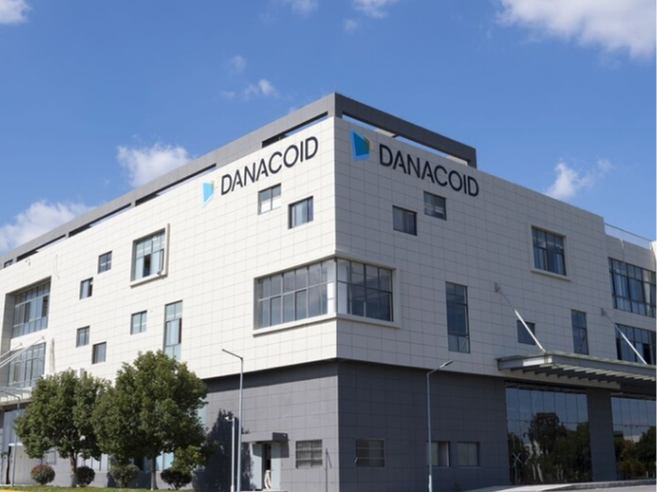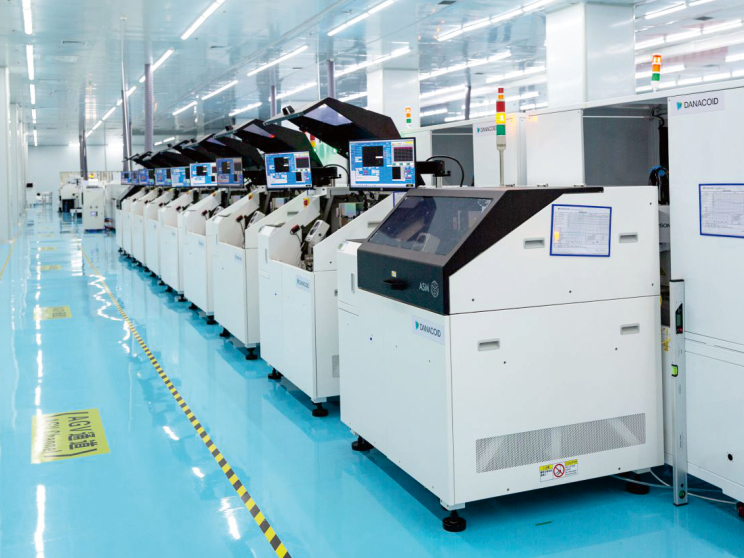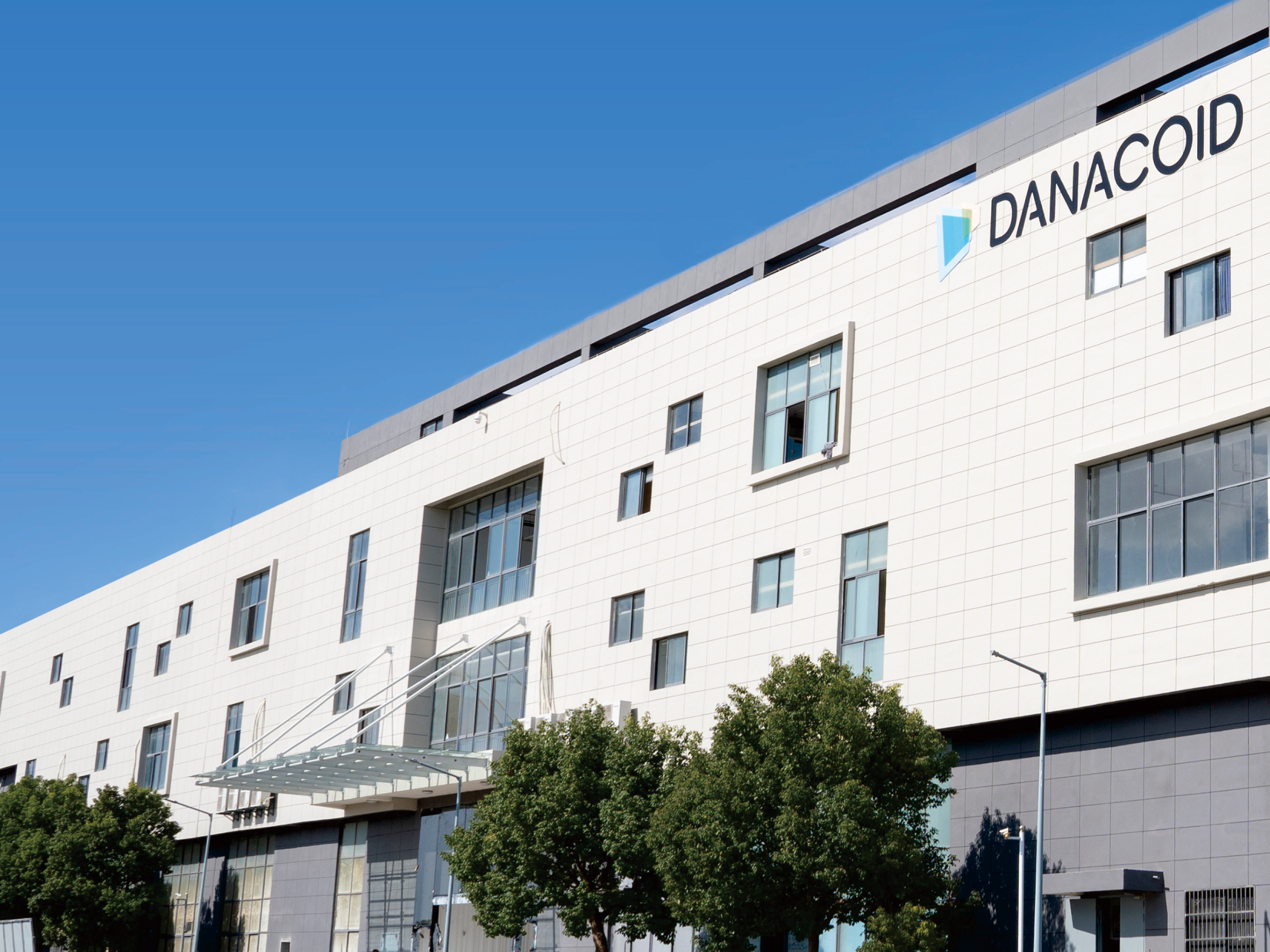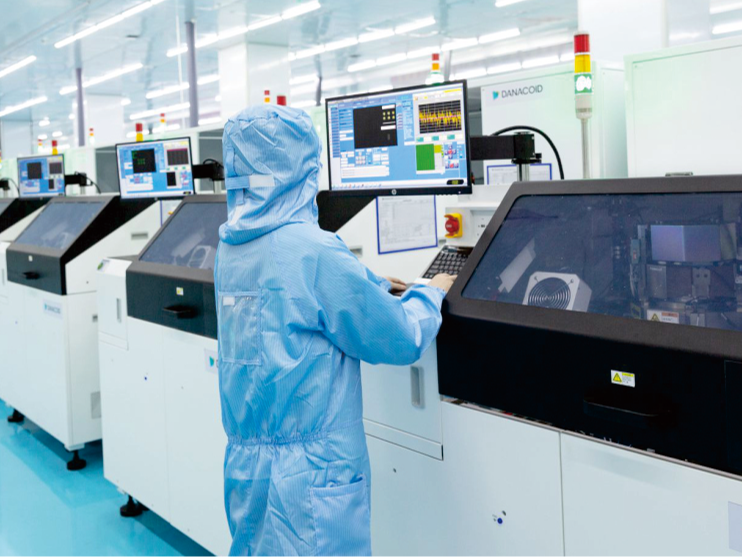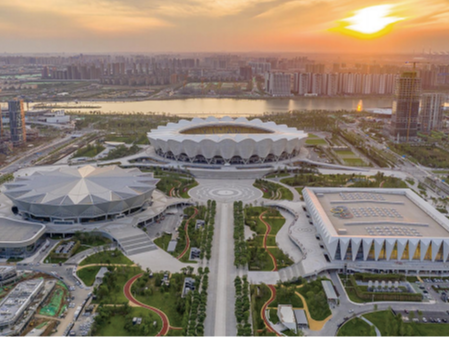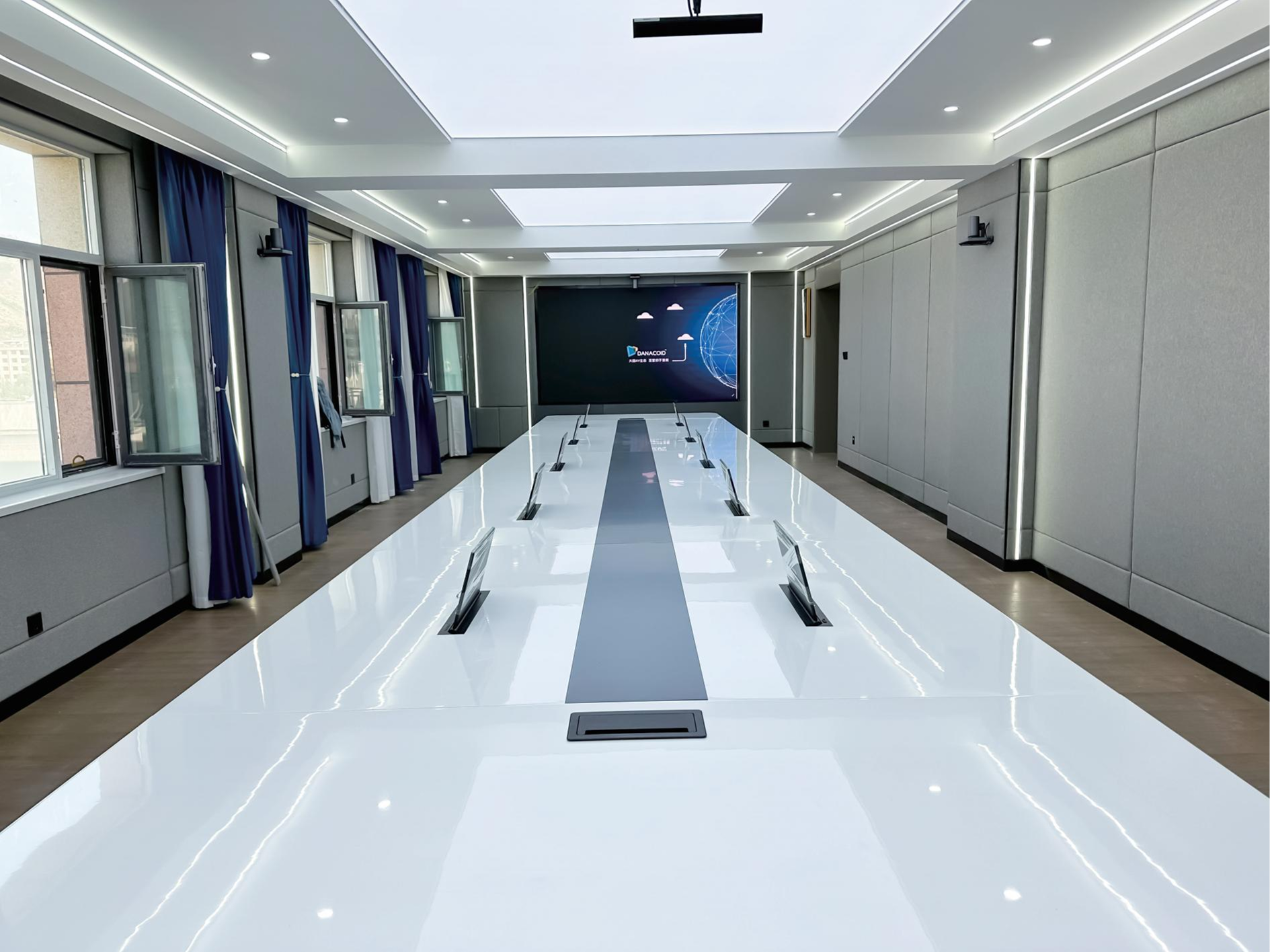Common Audio Issues and Their Impact
Audio issues, such as latency and distortion, can significantly affect the quality and efficiency of audio production. Audio latency is the delay between when a sound is produced and when it is heard, a critical issue during live performances and recording sessions. Research shows that latency over 10 milliseconds can be disruptive, making it crucial for audio engineers to manage it effectively in their audio processing systems. Techniques to reduce latency include optimizing buffer sizes and ensuring efficient software and hardware configurations.
Distortion, on the other hand, occurs when audio signals are altered, leading to unclear sound. Common sources of distortion include clipping, interference, and issues with audio processing systems. Clipping often happens when the audio input exceeds a system's maximum level, resulting in a cut-off or altered waveform. Understanding the root causes of distortion is vital to maintain the clarity and integrity of audio outputs. By addressing these prevalent audio challenges, producers can ensure a more seamless audio experience.
Identifying the Problem
Understanding audio problems is crucial in optimizing the quality of sound recordings and live performances. This section will help you identify common issues like audio latency and distortion in your audio processing system.
Symptoms of Audio Latency
Audio latency is a critical issue that can significantly impact both recording and live performances by causing delays in sound output. Common symptoms of audio latency include echoing sounds, noticeable lag in sound playback during recording, and difficulties in syncing audio with video. Research indicates that even a delay of 20 milliseconds can cause perceptible syncing problems, leading to audio processing issues. Musicians often report feeling disconnected when such latency occurs, as it disrupts the real-time feedback necessary for seamless performances and production.
Recognizing Distortion in Your Audio
Audio distortion can severely affect the clarity and quality of your sound recordings. It often presents itself as crackling noises, muffled audio, or sudden volume peaks that deform the original waveform. Such issues are generally identified through listening tests or by visualizing the audio waveforms. To effectively detect and troubleshoot distortion levels in your audio processing system, tools such as spectrum analyzers and oscilloscopes are invaluable. These tools help pinpoint the distortion sources, allowing for precise adjustments and maintaining the integrity of the original sound.
Checking Hardware & Connections
Inspecting Cables and Interfaces
To maintain optimal audio performance, regularly inspecting your audio cables and interfaces is crucial. Poor connections and damaged cables are common culprits behind audio latency and signal degradation. It is important to ensure that all cables and connections are in good working order and free from any visible damage or wear. Investing in high-quality cables, especially those designed for audio processing systems, can help minimize interference and ensure that audio signals remain clean and clear. Consistent inspections can prevent potential disruptions and maintain the integrity of your audio setup.
Ensuring Proper Power Supply
For a stable and distortion-free audio experience, ensuring a reliable power supply is essential. Audio systems are sensitive to power fluctuations, which can introduce unwanted noise and distortions. To counter these risks, consider using a dedicated power strip or an uninterruptible power supply (UPS). These devices help manage power surges and ensure consistent power delivery, reducing instances of audio disruption. By maintaining a stable power environment, you can significantly improve the performance and longevity of your audio equipment.
Ensuring the optimal functioning of your audio setup involves a keen focus on both hardware quality and power supply reliability. By following these guidelines, you can enhance audio clarity and prevent common sound issues.
Optimizing Software Settings
Adjusting Buffer Size and Sample Rate
Adjusting the buffer size and sample rate is crucial for maintaining optimal audio performance. Smaller buffer sizes can reduce latency significantly, which is essential for real-time audio processing. However, they require more CPU power, which might not be an option for all systems. Conversely, larger buffers can result in increased latency but help absorb processing demands, which might be suitable for less time-sensitive projects. Similarly, setting an appropriate sample rate is vital as it should align with the project's requirements to ensure accurate audio representation. Aligning sample rate settings can prevent issues with audio quality and degradation.
Updating Audio Drivers
Keeping your audio drivers up to date is essential for avoiding compatibility and performance issues. Outdated drivers can contribute to glitches, reduced functionality, and various software incompatibilities. To ensure optimal system performance and functionality, regularly check for the latest driver versions. You can find these on manufacturer websites or use in-built system utilities to automate the driver update process.
By addressing these software settings, you can ensure a smoother, more efficient audio processing experience and significantly reduce potential disruptions caused by outdated configurations or incompatible driver versions.
Reducing System Load
Managing CPU Usage
High CPU usage can severely impact the quality of audio processing by causing glitches and dropouts. Monitoring tools like Task Manager or Activity Monitor can be used to identify processes that are consuming an excessive amount of CPU resources. By pinpointing these processes, users can manage their audio processing systems more efficiently. Optimization efforts might include upgrading hardware components, such as increasing RAM or improving the CPU, or adjusting software settings to enhance resource allocation effectively.
Closing Background Apps and Plugins
Running background applications and unnecessary plugins can consume critical system resources, leading to increased audio latency and performance issues. By managing and closing these applications, users can ensure optimal performance during audio processing tasks. Disabling non-essential tools allows the system to dedicate more capacity toward critical operations, ensuring smoother functionality and higher audio quality. This disciplined approach to application management can significantly enhance overall system performance, especially during demanding audio tasks.
Testing & Fixing
Step-by-step troubleshooting guide
Implementing a systematic approach to troubleshooting audio issues is essential for efficient problem resolution. Begin by confirming all hardware functionality to ensure components are properly connected and operational. Follow with a thorough check of software, verifying settings and compatibility with current drivers. Adjust settings as necessary to optimize performance. Utilize detailed checklists to cover all aspects, such as inspecting cables, verifying software settings, and ensuring all drivers are updated. This structured method can help identify and resolve audio issues efficiently, enhancing the overall reliability of your audio processing system.
Using diagnostic tools
Employ diagnostic software tools to precisely analyze performance issues within audio systems. These programs can identify latency and distortion, providing valuable insights that help pinpoint specific audio problems. By regularly running diagnostics, you can monitor the system's performance proactively, reducing the likelihood of encountering significant audio issues. Understanding diagnostic reports enables you to make informed adjustments, ensuring smoother operation and maintaining audio processing efficiency and quality.
Preventive Measures and Best Practices
Regular System Maintenance
Regular maintenance is crucial for the longevity and optimal performance of audio systems. It involves establishing a routine that includes software updates, hardware checks, and cleaning. Regular software updates ensure the system stays secure and functions efficiently, while hardware checks help identify and fix potential issues early on. Moreover, cleaning the components, such as dusting off speakers and interface ports, can prevent performance degradation. Maintaining a documented schedule of these procedures can prevent oversights and extend the lifespan of your audio equipment, reinforcing the importance of consistency in maintenance routines.
Best Practices for Audio Processing
Adopting best practices in audio processing can significantly enhance audio quality. Begin by utilizing high-quality audio interfaces that support advanced features for detailed sound management. Next, select appropriate monitoring systems to ensure the audio environment is accurately represented. Configuring system settings to match the specific audio environment further prevents discrepancies and enhances sound output. Additionally, monitoring audio outputs using professional headphones can help achieve accurate equalization, effectively addressing issues associated with poor audio quality. These practices lead to improved sound fidelity, ultimately benefiting overall audio processing system performance.
FAQ
What is audio latency and why is it important?
Audio latency is the delay between when a sound is produced and when it is heard. It is crucial, especially in live performances and recordings, as a latency of over 10 milliseconds can disrupt real-time feedback and production quality.
How can I identify audio distortion?
Audio distortion can present as crackling noises, muffled sound, or unexpected volume spikes. Listening tests and using tools like spectrum analyzers and oscilloscopes can help detect these distortions.
What are some solutions to reduce audio latency?
To reduce audio latency, optimize your buffer sizes and ensure your software and hardware configurations are efficient. Keeping your system free from high-demand background applications and using smaller buffer sizes can also help.
How does maintaining a reliable power supply affect audio clarity?
Maintaining a steady power supply minimizes fluctuations that can introduce noise and distortion. Using devices like dedicated power strips or UPS helps in managing power consistency, improving audio system stability.
What are effective practices for audio system maintenance?
Effective practices include routine software updates, regular hardware inspections, and cleaning tasks like dusting off speakers. A well-documented maintenance schedule ensures prolonged system life and performance.




